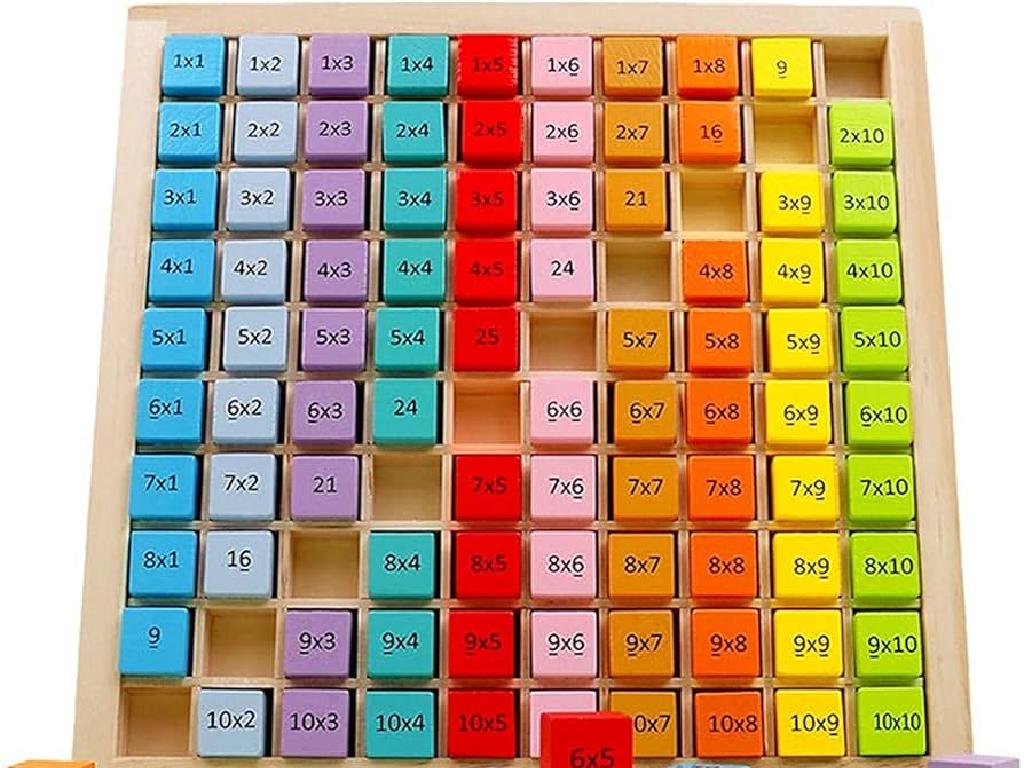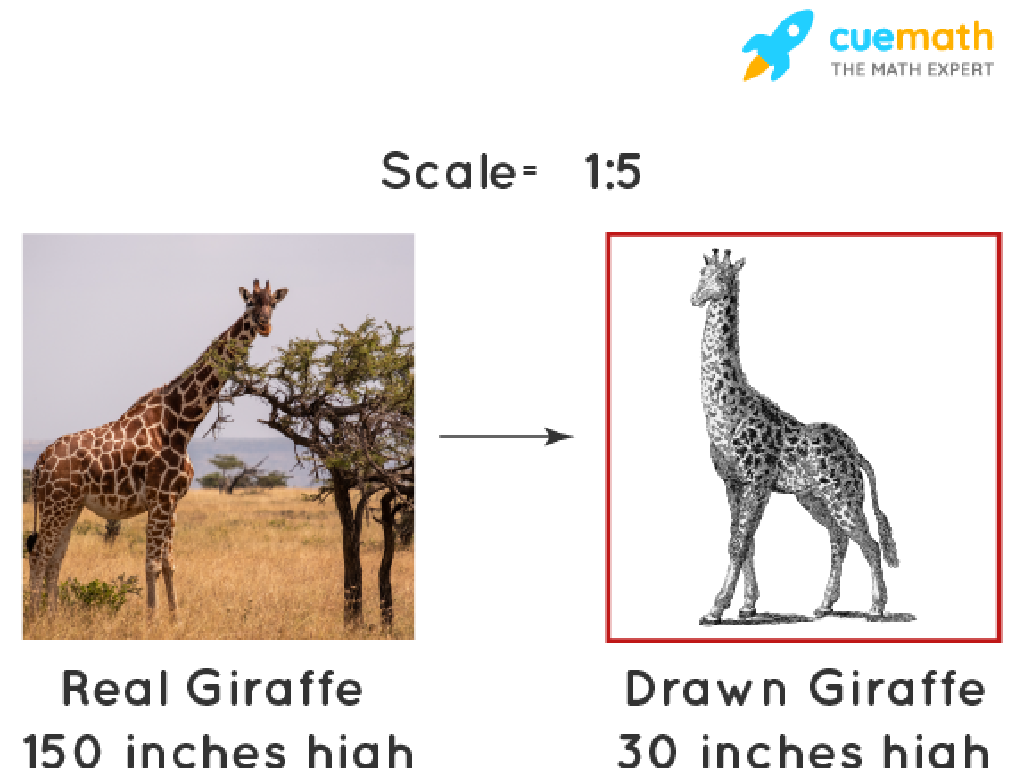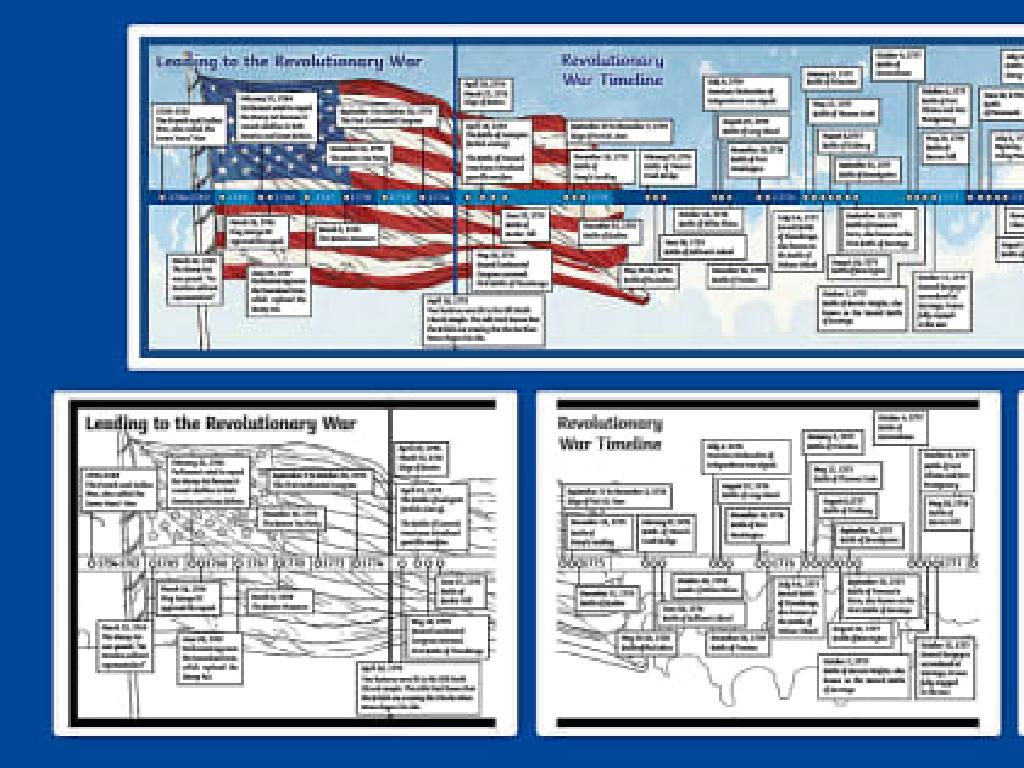Balanced And Unbalanced Forces
Subject: Science
Grade: Eighth grade
Topic: Chemical Reactions
Please LOG IN to download the presentation. Access is available to registered users only.
View More Content
Introduction to Forces
– Explore forces around us
– Define what a force is
– A force is a push or a pull on an object
– Forces’ effect on motion
– Forces can start, stop, or change direction of motion
– Balanced vs. unbalanced forces
– Balanced forces don’t change motion; unbalanced do
|
This slide introduces the concept of forces to students, setting the foundation for understanding how they interact with the physical world. Begin by discussing everyday examples of forces, such as pushing a door open or pulling a drawer closed. Clarify the definition of force as either a push or a pull that can cause an object to move, stop, or change direction. Highlight how forces are responsible for all motion, emphasizing the difference between balanced forces, which are equal in size and opposite in direction, resulting in no change in motion, and unbalanced forces, which cause a change in motion. Use examples like tug-of-war for balanced forces and a person kicking a soccer ball for unbalanced forces to illustrate these concepts.
Exploring Balanced Forces
– Define Balanced Forces
– Forces that are equal in size but opposite in direction, canceling each other out.
– Daily life examples
– A book resting on a table or a bird flying at a constant speed.
– Balanced forces & motion
– If forces are balanced, there’s no change in an object’s speed or direction.
– Observing equilibrium
|
This slide introduces the concept of balanced forces, which are equal in magnitude and opposite in direction, resulting in a net force of zero. This means there is no acceleration and the object’s motion remains constant; it either stays at rest or continues to move at the same velocity. Real-life examples, such as a book on a table, demonstrate that the forces of gravity and the table’s support force are in balance, hence the book doesn’t move. Emphasize that understanding balanced forces is crucial for predicting the motion of objects. Encourage students to think of other examples where forces are in balance and to consider how this principle applies to various situations in their daily lives.
Exploring Unbalanced Forces
– Define unbalanced forces
– Forces not equal in size, opposite in direction causing a change in motion.
– Examples causing motion
– A push or pull that causes objects to start moving, stop moving, or change direction.
– Net force concept
– The overall force acting on an object when all the forces are combined.
– Calculating net force
|
This slide introduces the concept of unbalanced forces, which are essential to understanding motion in physics. Unbalanced forces occur when two forces acting on an object are not equal in size or opposite in direction, resulting in a change in the object’s motion. Provide examples such as a football being kicked or a car accelerating to help students visualize how unbalanced forces cause motion. Explain that the net force is the vector sum of all forces acting on an object and is crucial in determining the object’s acceleration. Encourage students to practice calculating net force by considering the magnitude and direction of individual forces.
Forces in Chemical Reactions
– Forces role in reactions
– Atoms/molecules interact via forces during reactions
– Balanced vs. Unbalanced forces
– Balanced forces: reactants/products stable; Unbalanced: reaction occurs
– Examples in everyday life
– Baking soda & vinegar: unbalanced forces create gas
– Understanding reaction dynamics
|
This slide aims to explain the concept of forces within the context of chemical reactions. Students should understand that forces are at play on a molecular level during chemical reactions. Balanced forces mean the reactants and products are in a stable state and no reaction occurs, while unbalanced forces lead to the formation of new products. Real-life examples, such as the reaction between baking soda and vinegar, which produces gas due to unbalanced forces, can help students grasp the concept. Discuss how understanding these forces can help predict the behavior of substances in a reaction, emphasizing the dynamic nature of chemistry.
Forces in Chemical Reactions
– Analyze forces in equations
– Identify reactant and product forces
– Balanced vs. Unbalanced forces
– Balanced forces: reactants equal products. Unbalanced: unequal forces
– Energy’s role in reactions
– Energy changes affect reaction rate and direction
– Predicting reaction outcomes
|
This slide aims to help students understand the concept of forces within the realm of chemical reactions. Students should learn to analyze the forces acting on reactants and products in chemical equations, distinguishing between balanced and unbalanced forces. Balanced forces in reactions mean that the reactants and products are equal in number and type, leading to a stable reaction, while unbalanced forces can lead to incomplete reactions or the favoring of one direction in reversible reactions. Energy plays a crucial role as it can drive reactions forward or alter their rate. Students should be able to predict the outcomes of reactions based on the balance of forces and the energy involved. Examples of exothermic and endothermic reactions can be used to illustrate these concepts.
Class Activity: Balancing Forces Experiment
– Conduct a hands-on experiment
– Demonstrate balanced/unbalanced forces
– Gather materials: scales, weights, string, rulers
– Follow experiment setup instructions
|
This class activity is designed to give students a practical understanding of balanced and unbalanced forces. Students will use spring scales to measure force, weights to apply force, strings to connect weights, and rulers to measure distances and changes. Divide the class into small groups and provide each group with the necessary materials. The experiment should demonstrate how applying equal forces in opposite directions results in balance, while unequal forces lead to movement, showcasing unbalanced forces. Possible variations of the experiment for different groups could include changing the amount of weight, the point of application of force, or the angle of applied forces. Ensure safety precautions are followed throughout the activity. After the experiment, facilitate a discussion on the observations and relate the findings to real-world examples of balanced and unbalanced forces.
Balanced and Unbalanced Forces: Discussion
– Review experiment outcomes
– Correlation to chemical reactions
– How forces affect reaction rates and equilibrium
– Engage in Q&A session
– Summarize key concepts
– Recap how balanced forces maintain reactions, while unbalanced forces drive them
|
In this concluding slide, we’ll revisit the findings from our experiments on forces. Students should understand how balanced and unbalanced forces can influence the rate and direction of chemical reactions. Balanced forces tend to maintain a reaction at equilibrium, while unbalanced forces can drive a reaction to proceed. During the Q&A session, encourage students to ask questions about any concepts they’re unsure of, which will help solidify their understanding. Conclude by summarizing the key points of how forces play a crucial role in the dynamics of chemical reactions.






